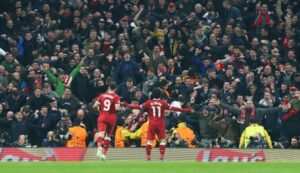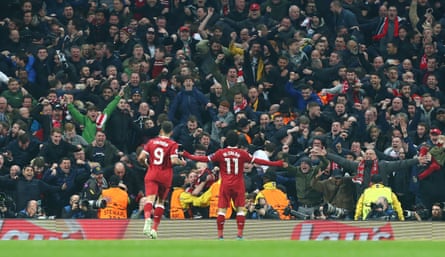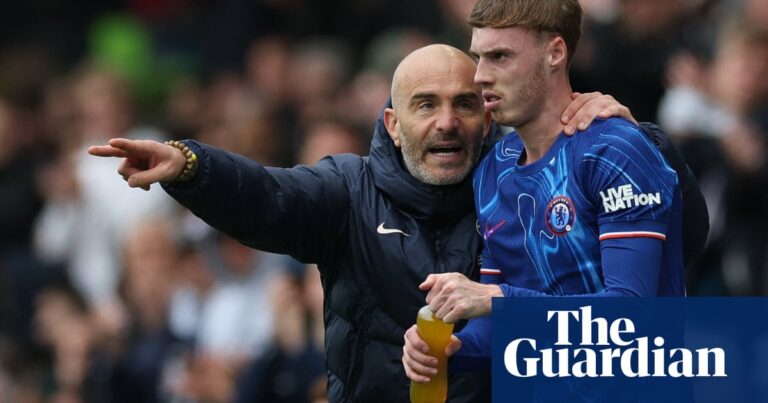It’s BBC Sports Personality of the Year on Tuesday, so ask yourself: are you prepared for montage season? It’s dangerous to go into these things cold. You never know which clips are going to hijack your limbic system and leave you a gulping, snot-strewn mess. It could be Keely Hodgkinson crossing the line, or Ollie Watkins’ goal in the Euros semi-final, but it may equally be pommel horse guy hugging a Kazakh you’ve never heard of, or Luke Littler eating a squashie. Either way, it’s worth quietly sliding the box of Kleenex within reach of the sofa.
Having spent the last six months therapeutically processing the retirements of Andy Murray and Jimmy Anderson, I know exactly what my triggers are going to be, and if the BBC replay that “Thank you, Andy” video from Wimbledon, I may sue for emotional distress. It’s pretty rare for anyone’s two favourite sportspeople to make their final exits within weeks of each other, but no one consulted me about the scheduling and, as a result, July was a pretty rocky month, thanks for asking.
Neither Anderson nor Murray were granted the perfect ending to their careers. One was hurried offstage; the other looked, at times, like he’d be carried off it in pieces. Murray’s heartbreaking farewell was an evocation of all that had come before. Injury stymied his final Wimbledon appearance – just the one doubles match with his brother – while his Olympic campaign alongside Dan Evans became a throwback to the early days when he was never beaten, until he was.
Anderson also went out fighting, even as his punches were visibly weakening. Stuart Broad, his long-term bowling partner, signed off his Test career with the wicket that won the last Ashes Test. Jimmy finished with three second-innings wickets in his final outing against West Indies but was eclipsed by the debutant who would become his new-ball replacement, Gus Atkinson. Even as Anderson was being celebrated on the outfield in the post-match presentations, the audio feed accidentally cut to coverage of the semi-finals at Wimbledon. How quickly the world moves on.
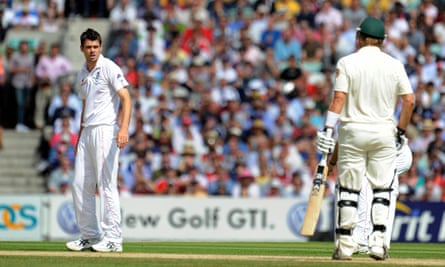
And this is the real issue. Of course it’s sad to call time on two of the greatest performers in their field that Britain – or Scotland and England, if you prefer – has ever produced. You don’t have to have followed tennis or cricket closely to know what a huge legacy both men leave behind. But that’s not why I’ve taken it so hard. These are two sports stars whose adult lives and professional careers have, until now, entirely overlapped with my own, and I have invested in them accordingly. Their departure is nothing short of a memento mori.
When Anderson made his first-class debut, I was racking up my own firsts as a fledgling sportswriter, and when I interviewed him in the summer he became a Test cricketer we were both as shy as each other, two awkward young twentysomethings still figuring out how we were supposed to do the jobs we’d been given. Whenever he struggled on the field – when the ball sprayed out of his hand in all directions, when his action looked hopelessly uncoachable – I would defend him furiously, out of emotion and instinct rather than wisdom or insight.
It made me furious when he was written off by older, wiser heads than mine. I felt the same about Murray. The two athletes shared an introvert and intractable tendency that’s the opposite of what the press and public require from their rising stars. Murray could seem positively mulish, devoted as he was to his game at the expense of anything else: he didn’t have time for pretence of any kind.
It is this similarly single-minded dedication, a propensity to graft, that made both so admirable. When it began to pay off – with grand slams for Murray and an ever-growing Test-wicket tally for Anderson – I felt proud, vindicated and possibly a little brittle as they amassed their hordes of newfound super-fans.
And on they ploughed, with their trademark resting grim-face. As a fan, you were pulled along that unrelenting track in the good times and the bad. Hit a barren spell? Suffered an injury? Never mind, neither of these players were giving up any time soon. Anderson made his debut before Andrew Strauss, Kevin Pietersen, Graeme Swann, Mitchell Johnson and Mike Hussey, and outlasted them all.
after newsletter promotion
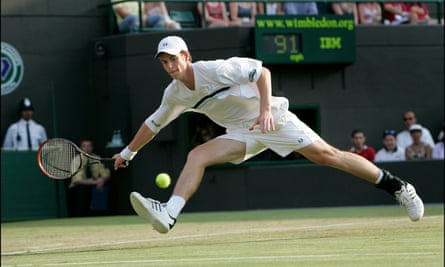
Plenty of fans have experienced the frightening wake-up moment when they realise that professional teams are no longer filled with their peers but with players their children’s age. But as long as Murray and Anderson were still competing, I was able to cling on to a fantasy of youth – or at least of relevance – and remain in denial about my own ageing.
We often hear about the sense of void an athlete feels when they retire, how the handbrake-screech of their career ending can leave them devoid of purpose and devastatingly low. Is it possible to feel it by proxy? Previously I’ve found it difficult to empathise with the comedown woes of Olympic champions and World Cup winners, or to worry about how those who have found success, fame and wealth are going to fill their time next. Since the summer, however, I have found myself deeply interested in every aspect of Anderson’s and Murray’s second acts, from the former’s unsuccessful Indian Premier League draft bid to the latter’s golf handicap.
After all, if England’s bowling mentor can still take to the field in a New Zealand warm-up match, then perhaps I’m not quite as past it as I feel when I look in the mirror. And should Murray help to eke a few more years out of Novak Djokovic’s tennis career – then so much the better.
Source: theguardian.com


